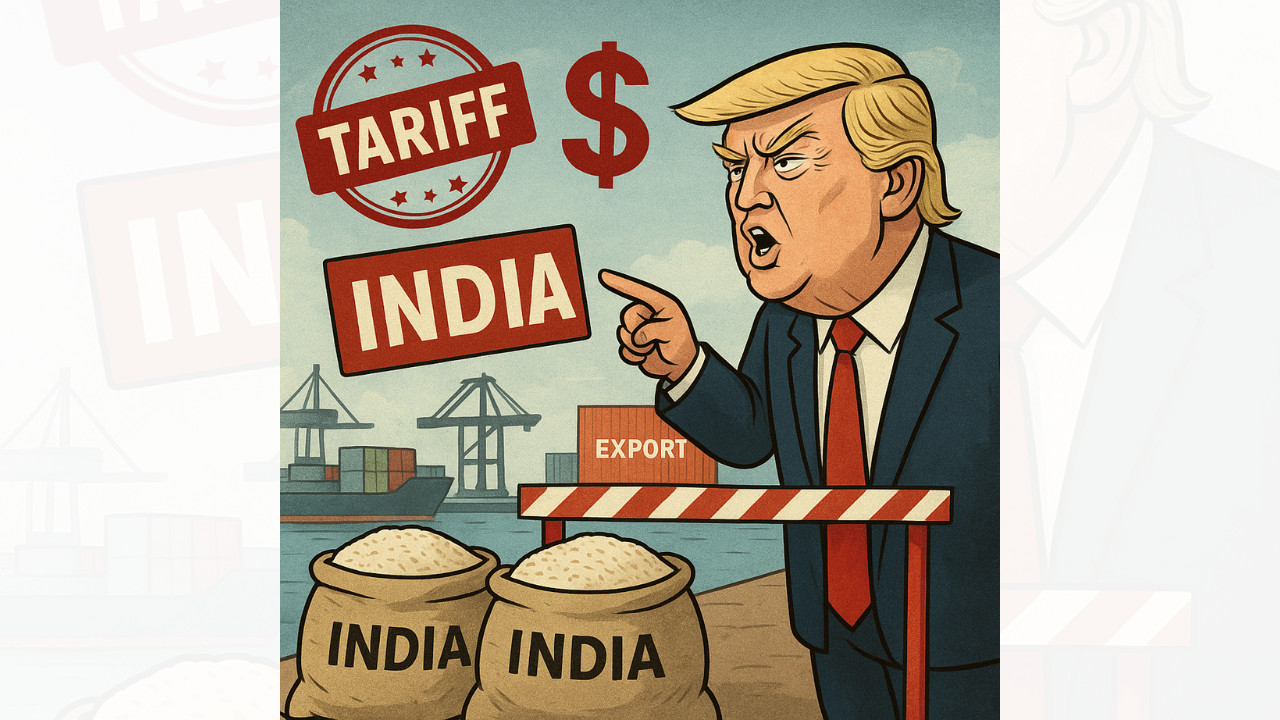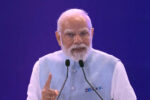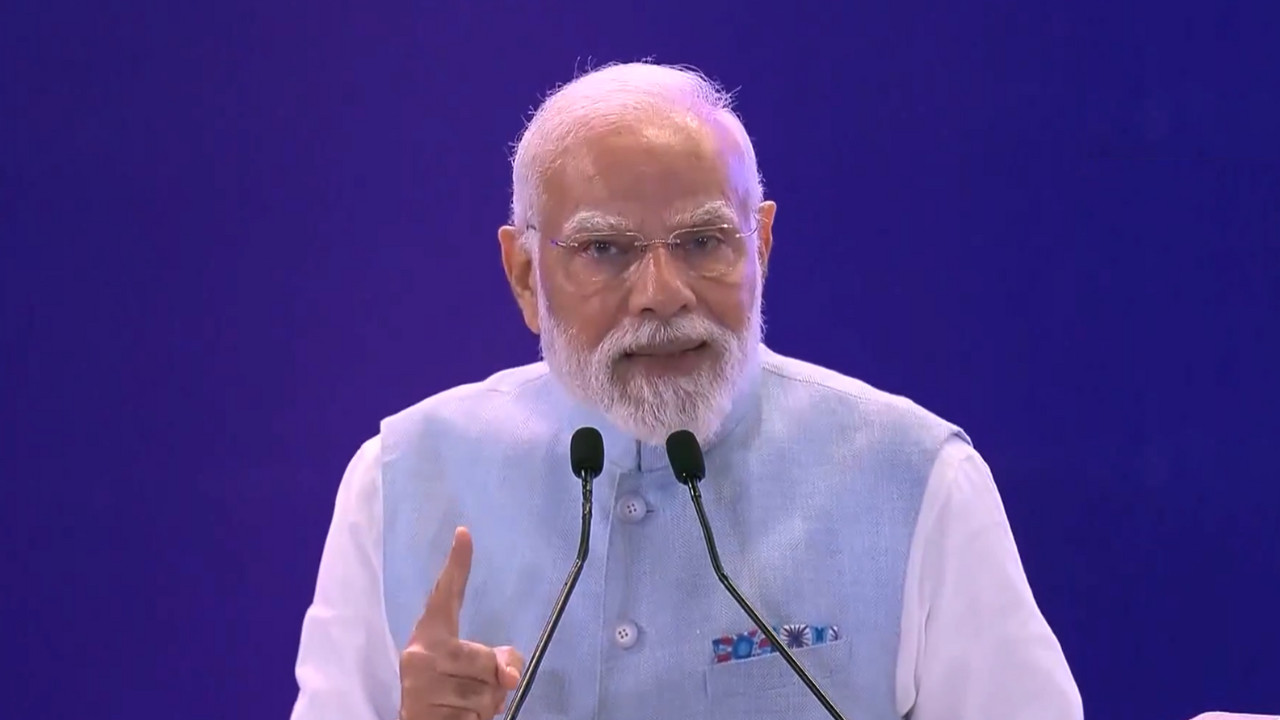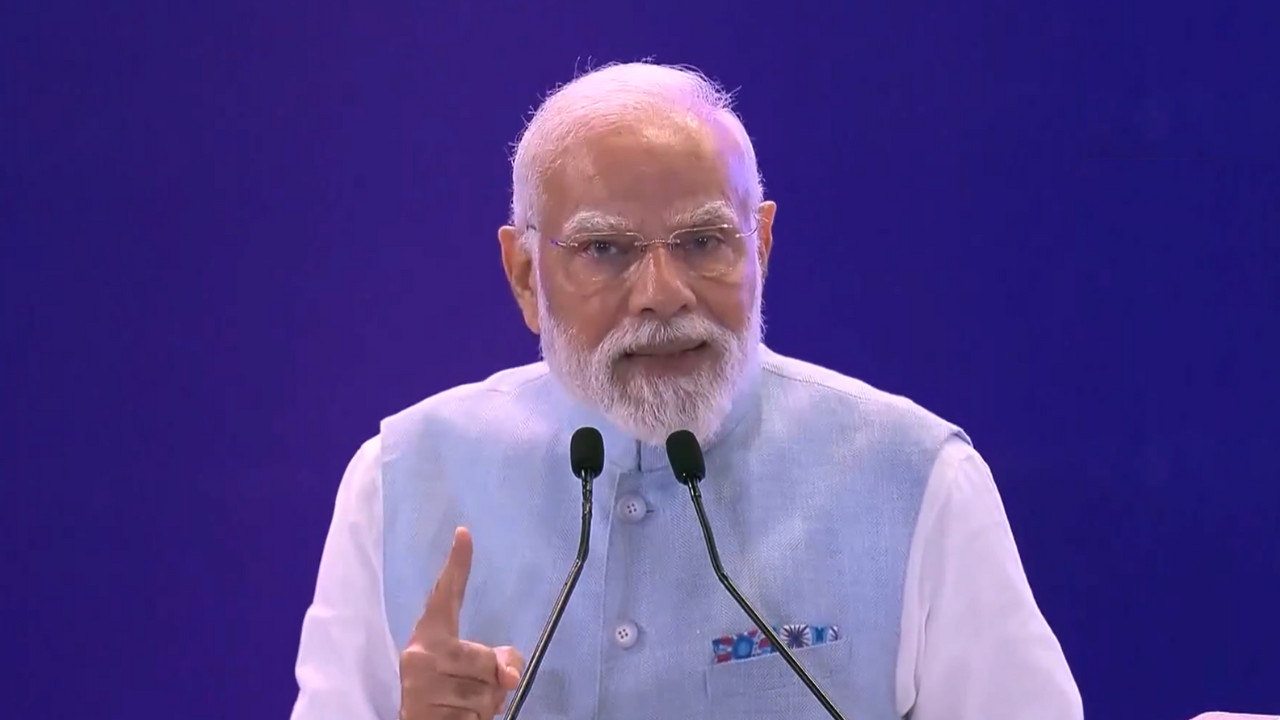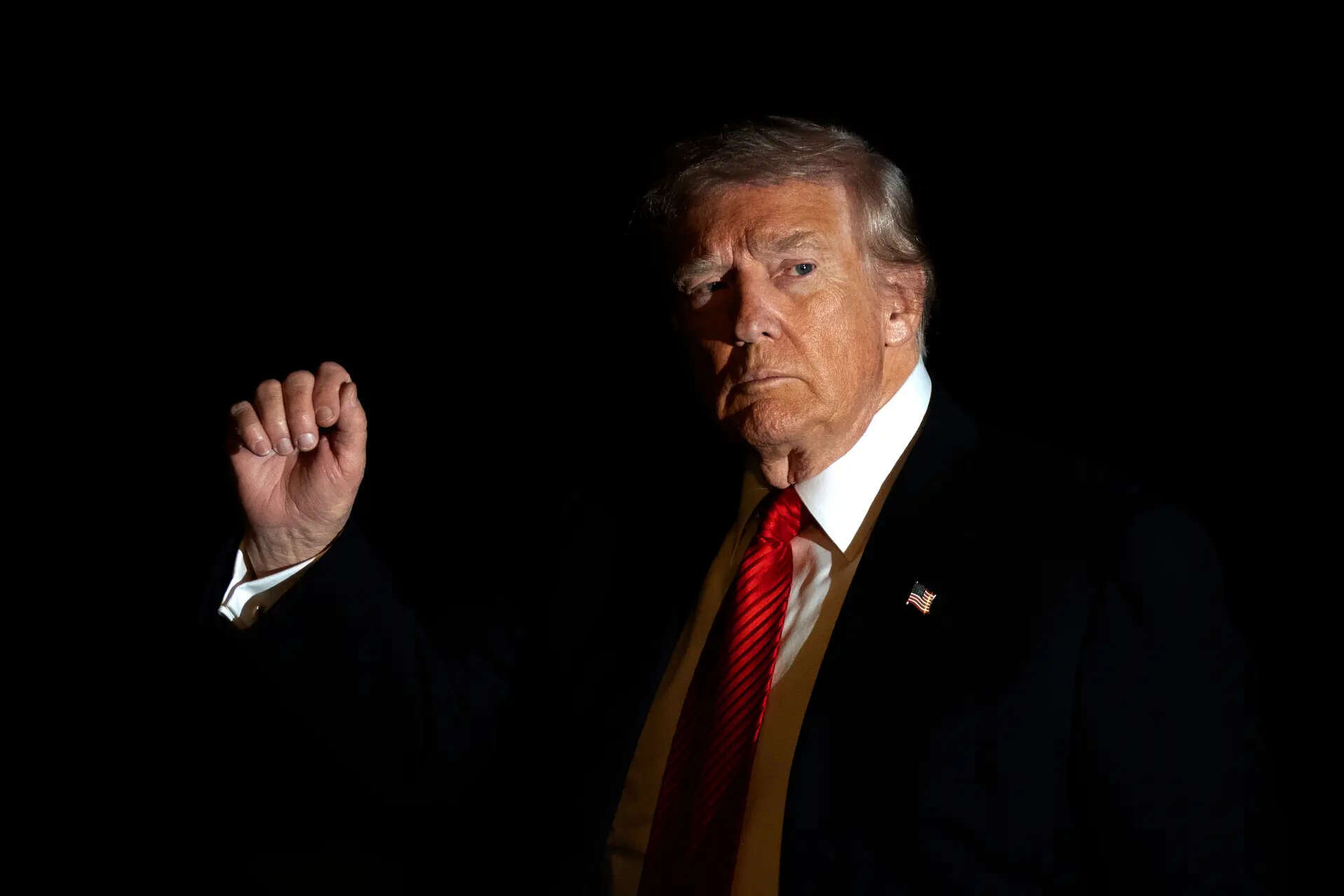Trump’s Tariff Tango: How Will India Inc. Navigate the New Trade Landscape?
Donald Trump is back in the spotlight, and this time, it’s not just rhetoric. His proposal for a blanket 50% tariff on goods entering the U.S. is sending ripples—or perhaps tidal waves—through global markets, and India is no exception. But what does this mean for Indian businesses? It’s time to unpack the potential impacts and explore how India Inc. might adapt to this new reality.
The Sword of Uncertainty: Understanding the Proposed Tariffs
The sheer scale of a 50% tariff is, frankly, breathtaking. It’s not a surgical strike; it’s a broadside aimed at practically every imported good. While the proposal is still in its early stages, the potential consequences are significant. Such a hefty tariff would dramatically increase the cost of Indian goods entering the U.S., making them less competitive against both American-made products and imports from countries with more favorable trade agreements. This shift could lead to a reduction in export volumes and, ultimately, impact the profitability of Indian businesses reliant on the U.S. market.
Imagine a vibrant garment factory in Tiruppur, known for its high-quality knitwear. For years, it has thrived on exports to the U.S. A 50% tariff could render its products too expensive, forcing it to cut production, lay off workers, and potentially even shutter its doors. This scenario, multiplied across various sectors, paints a concerning picture.
Which Sectors Are Most Vulnerable?
Certain sectors within the Indian economy are particularly exposed to the potential fallout. Engineering goods, a significant component of India’s export basket, are likely to feel the pinch. The automotive component industry, which supplies parts to U.S. automakers, could also face headwinds. Similarly, the pharmaceutical sector, while less price-sensitive due to the nature of its products, could still see a reduction in exports.
The textile and apparel industry, already facing stiff competition from countries like Bangladesh and Vietnam, could find itself at a distinct disadvantage. Agricultural products, another key export area, could also be affected, particularly if U.S. buyers opt for cheaper alternatives from other nations.

Company-Level Impact: Navigating the Storm
The impact of these tariffs will vary from company to company, depending on their export volumes, profit margins, and ability to absorb increased costs. Larger corporations with diversified markets might be better positioned to weather the storm, shifting their focus to other regions or investing in process improvements to mitigate the tariff’s impact. Smaller businesses, however, may struggle to adapt, potentially facing significant financial challenges.
Consider the implications for a mid-sized IT company providing software services to U.S. clients. While these services aren’t directly subject to tariffs, a broader economic slowdown in the U.S., triggered by the tariffs, could lead to reduced demand for their services, indirectly impacting their revenue stream.
Strategic Responses: Charting a New Course
So, what can India Inc. do to navigate this challenging landscape? Several strategies are worth exploring.
Firstly, diversification of export markets is crucial. Reducing reliance on the U.S. market by expanding into other regions, such as Europe, Asia, and Africa, can help mitigate the impact of U.S. tariffs. Secondly, investing in innovation and improving product quality can help Indian businesses maintain a competitive edge, even with higher prices. Thirdly, exploring opportunities for domestic value addition and reducing reliance on imported raw materials can help lower production costs and improve competitiveness. Finally, proactive engagement with the Indian government to negotiate trade deals and explore alternative policy measures is essential.
A Call to Action: Adapting and Thriving
The prospect of a 50% tariff on Indian exports to the U.S. is undoubtedly a cause for concern. However, it also presents an opportunity for India Inc. to reassess its strategies, diversify its markets, and enhance its competitiveness. By embracing innovation, focusing on quality, and proactively engaging with policymakers, Indian businesses can navigate this challenging trade landscape and emerge stronger and more resilient. The key is to move beyond simply reacting and instead proactively shape a new path forward.
